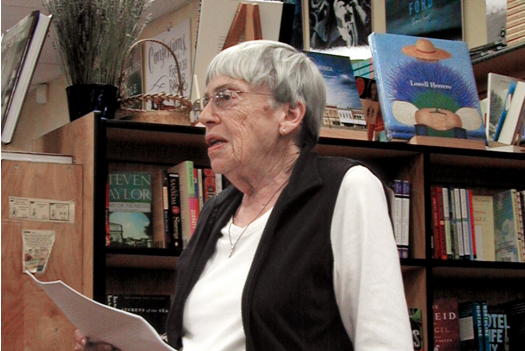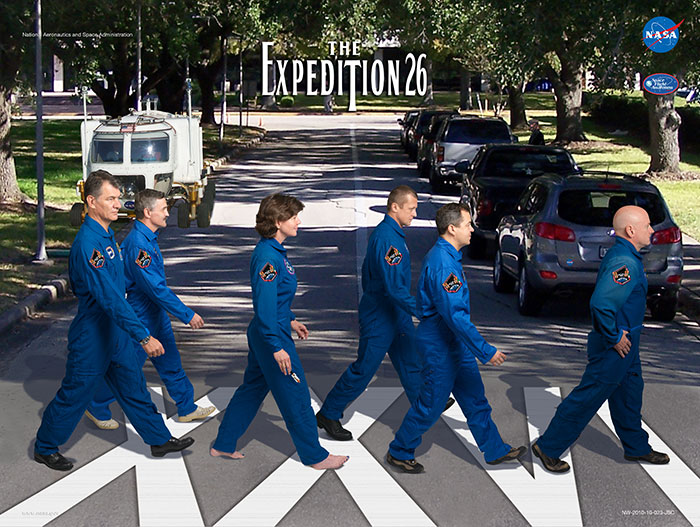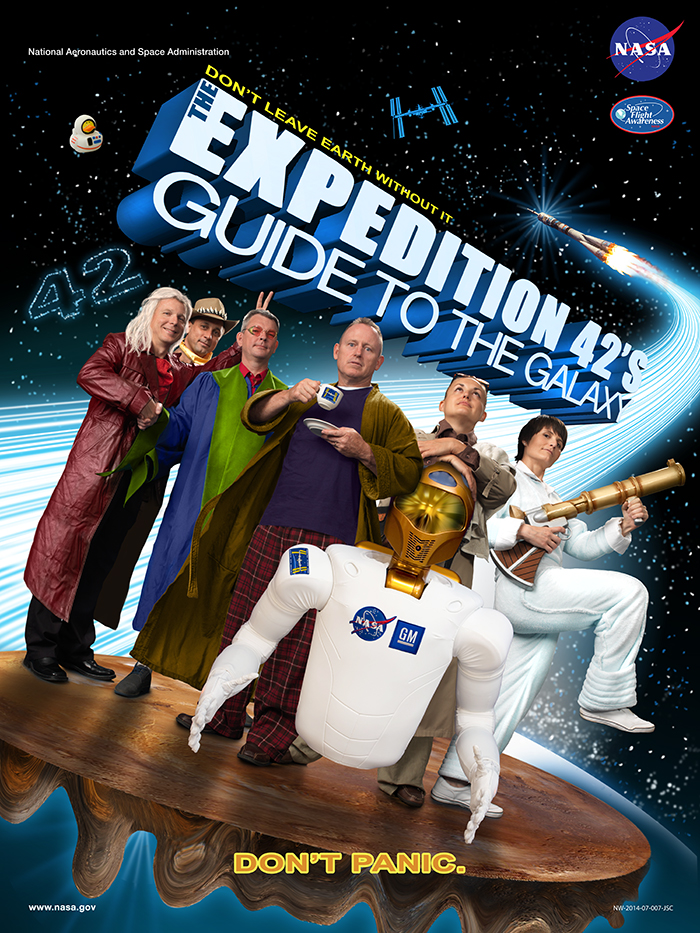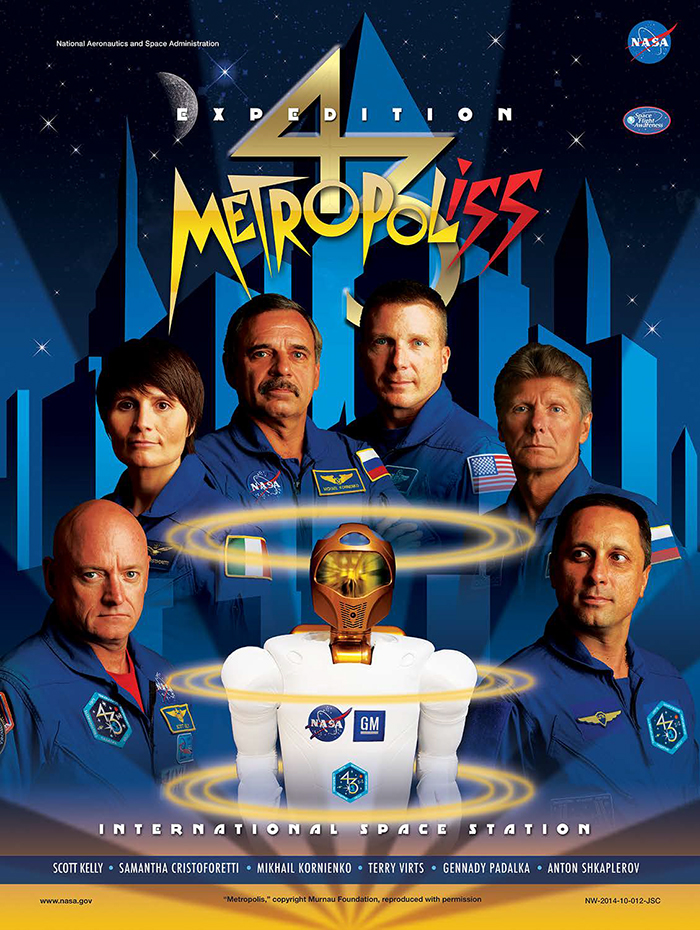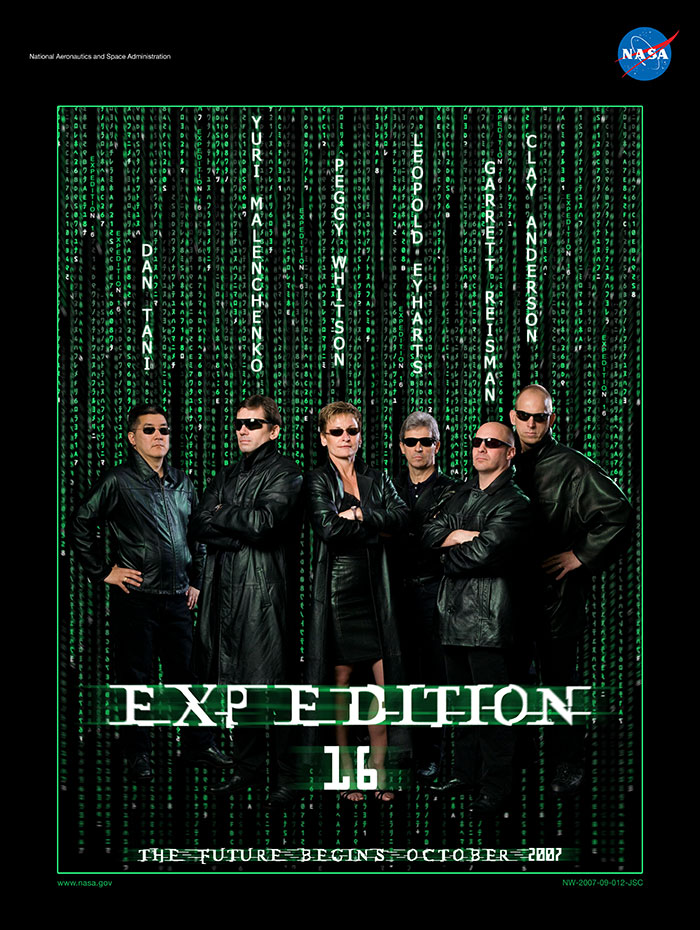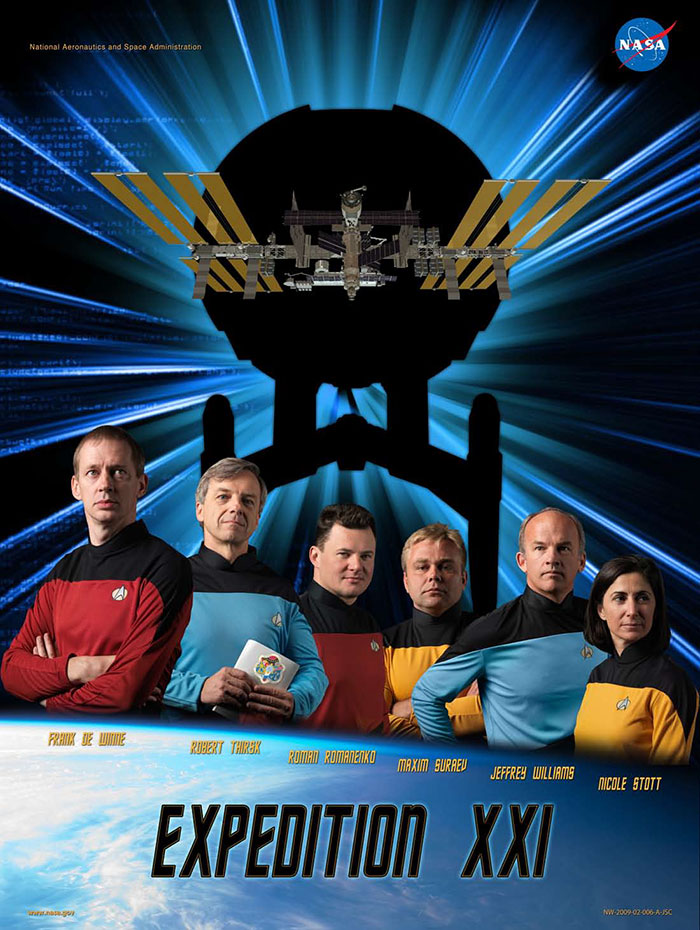Alien came out 40 years ago this month, not that its age shows in the least. The terror of the ever-diminishing crew of the Nostromo trapped on their ship with the merciless extraterrestrial monster of the title remains as visceral as it was in 1979, and the dank, pre-digital confines of its setting have taken on a retro patina that successive generations of filmmakers struggle to recreate for themselves.
Now, in a series of brand new short films set in the Alien universe, you can see how six young filmmakers pay tribute to Ridley Scott’s original film and its cinematic legacy, each in their own way. These shorts come as the fruits of an initiative launched by 20th Century Fox to mark 40 years of Alien.
“Developed by emerging filmmakers selected from 550 submissions on the Tongal platform,” writes Collider’s Dave Trumbore, “the anniversary initiative focused on finding the biggest fans of the Alien franchise to create new, thrilling stories for the Alien fandom.”
These stories include many of the elements that fandom has come to expect — isolated and endangered spacefarers, bleak colonies on distant planets, tough women, fearsome creatures lurking in the darkness, escape pods, chest-bursting — as well a few it hasn’t. Indiewire’s Michael Nordine highlights Noah Miller’s Alone, “which follows a woman named Hope who’s hurtling through space on her lonesome. She eventually gains access to a restricted part of her ship after a system malfunction, and you can probably guess what’s on the other side of that sealed-off door.” But you certainly won’t be able to guess what happens next.
Nordine also has praise for the protagonist of the Spears Sisters’ Ore: “A miner about to welcome her latest grandchild, she puts herself in harm’s way rather than risk letting the latest alien specimen make it out of the mine and threaten the colony (and, more to the point, her family) above. That’s a simple, familiar tack, but it’s well told — something true of most Alien stories.” Collectively, he writes, these shorts “emphasize what makes Alien such an enduring franchise: its industrial, working-class environs full of clunky green-screen computers and disgruntled laborers; its bleak view of the corporate bureaucrats who enable the xenomorphs’ carnage by trying to control them and writing off their underlings as collateral damage; and, of course, its heroines.”
Taking pitches from fans through a crowdsourcing platform and distributing the resulting films on Youtube may seem like an almost parodically 21st-century way of extending a franchise that began in the 1970s, but testing out different filmmakers’ visions has long been a part of the greater Alien project: the sequels directed in the 1980s and 90s by James Cameron, David Fincher, and Jean-Pierre Jeunet hinted at the great variety of possibilities laid down by Scott’s original, the cinematic standard-bearer for the contest of wills between man and alien — or rather, woman and alien.
Related Content:
High School Kids Stage Alien: The Play and You Can Now Watch It Online
Sigourney Weaver Stars in a New Experimental Sci-Fi Film: Watch “Rakka” Free Online
Three Blade Runner Prequels: Watch Them Online
Based in Seoul, Colin Marshall writes and broadcasts on cities, language, and culture. His projects include the book The Stateless City: a Walk through 21st-Century Los Angeles and the video series The City in Cinema. Follow him on Twitter at @colinmarshall or on Facebook.
